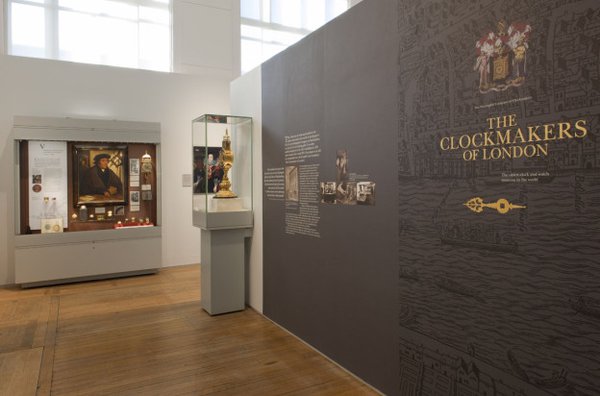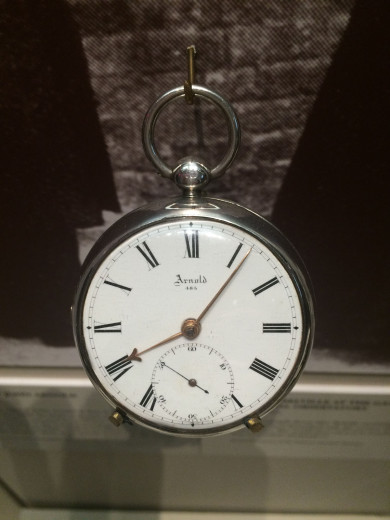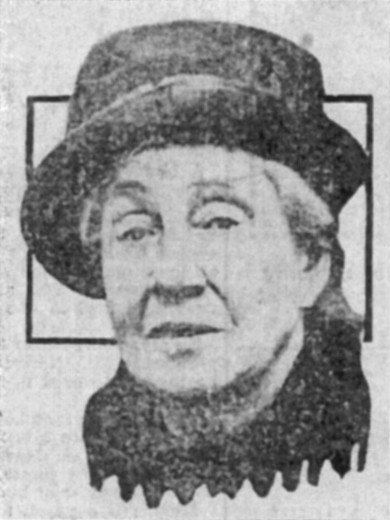How did Arnold get to the Clockmakers’ Museum?
This post was written by David Rooney
On 23 October, the Clockmakers’ Museum opened at the Science Museum. The new gallery is a treasure-trove of horological history, home to so many wonderful items it’s hard to know where to look next.
Tucked away in one showcase is a modest-looking pocket watch that would be easy to miss, yet tells a story close to my heart—that of Ruth Belville, whose biography I wrote in 2008.

The watch was originally the property of John Belville, an astronomer at the Royal Observatory Greenwich, who used it between 1836 and his death twenty years later to carry accurate Greenwich Time round a network of subscribers across London.


When John died in 1856, the watch was passed to Maria, his wife, who continued carrying it round London until 1892, when she retired.
She then passed it to her daughter, Ruth, who named it ‘Arnold’ after its maker, John Arnold. Ruth carried the time to town with Arnold until 1940, when she retired, aged 86.
But it was not the end of the line for Arnold. Ruth had always wanted it to have a good home.
‘When it retires from business … I think the dear old thing ought to be put in the British Museum’, she told the Evening News in 1908. In 1921, Ruth changed her mind, stating that she ‘should wish the Royal Observatory to have the first offer of purchasing my chronometer’.
Yet neither received Arnold.

In 1941, the Worshipful Company of Clockmakers granted Ruth a pension which gave her crucial financial security in her retirement.
Ruth repaid its generosity in January 1943, when she wrote to the Company offering her watch for its museum when the time came. The Company accepted, noting that ‘by doing so her name would be perpetuated for all time’.
Eight months later, Ruth died with Arnold by her bedside. The watch was duly transferred to the Company’s collection and ended up on display at Guildhall.
Now I needn’t go to Guildhall to see Arnold—delightful though my visits there always were—but instead I can pop into the magnificent new gallery at the Science Museum during my lunch break.
I hope you’ll have a chance to see it too.